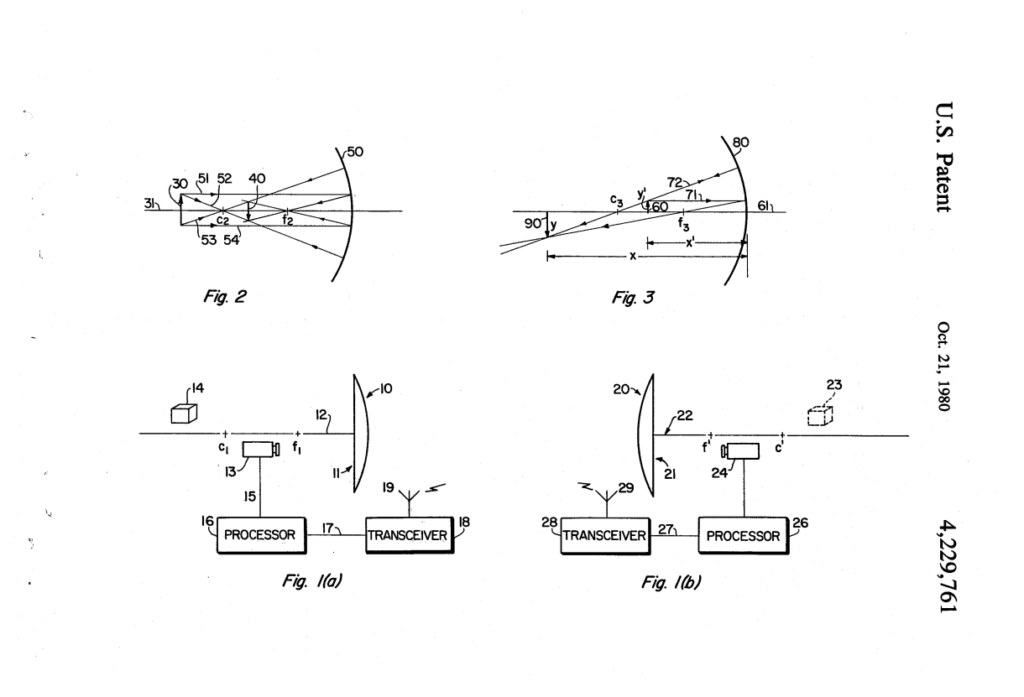Valerie Thomas, an African American scientist and innovator, transformed the 3D film industry. She was born in Maryland in 1943 and became interested in science and technology at a young age. She worked for the National Aeronautics and Space Agency after earning a physics degree from Morgan State University (NASA).
The biography of Valerie Thomas and her contributions to the 3D film industry will be discussed in this blog.
Early Life and Education
Her parents were farmers, and Valerie Thomas grew up in a household of eight siblings. She read science and technology-related books at the neighborhood library a lot as a child since she was so interested in them. Her passion for science persisted throughout high school, and she finally received a scholarship to attend Morgan State University.
Thomas, one of only two women in her class at Morgan State, majored in physics, and she achieved academic excellence and graduated with honors in 1964.
Career at NASA
Valerie Thomas started working at NASA as a data analyst soon after graduating. She was in charge of interpreting data from satellites and other spacecraft to aid researchers in understanding the Earth’s atmosphere and climate. Her work at NASA ultimately led to her revolutionary 3D film production.

The invention of the Illusion Transmitter
Valerie Thomas was engaged in a project in the 1970s that involved investigating the behavior of light. She was intrigued by how light moved and how it could be manipulated to produce various effects. She discovered that concave mirrors might be used to create a 3D image one day while experimenting with them.
Thomas concluded that she could use this method to develop a tool enabling real-time 3D image transmission. She began further perfecting her creation, which she named the “illusion transmitter.”

Impact on 3D Movies
The creation of Valerie Thomas had a significant influence on the 3D film industry. Before her discovery, 3D movies were produced by simultaneously projecting two films onto a screen. Although it made a 3D appearance, it was frequently hazy and unsettling.
A single film could make 3D movies with the illusion transmitter. The system produced the illusion of depth using concave mirrors, making sight clearer and more pleasant.

Additional Fun Facts:
- Valerie Thomas has a background in science and technology, but she has also led a Girl Scout troop for many years. She developed engaging and instructive activities for her troop using her scientific knowledge.
2. African American art and antiquities were something Valerie Thomas loved to acquire. She collected everything, from quilts and pottery to sculptures and paintings.
3. “Girls Think of Everything: Stories of Amazing Inventions by Women,” a children’s book by Catherine Thimmesh, refers to Thomas. Among the accomplishments of female innovators throughout history emphasized in the book is Thomas’ work on the illusion transmitter.
4. Valerie Thomas fought for the participation of women and underrepresented groups in the sciences. She frequently delivered talks and presentations to inspire young people from underrepresented groups to pursue jobs in science and technology.
Valerie Thomas also had several other patents for innovations in image processing and color television, in addition to her work on the illusion transmitter. She created a lot of inventions during her time at NASA.
Legacy and Awards
While Valerie Thomas left NASA in 1995, she kept developing her ideas. In 1980, she got a patent for the illusion transmitter, and during her career, she won various accolades.
Valerie Thomas was honored by being admitted to the National Inventors Hall of Fame for her work on the illusion transmitter in 2018. She also received the NASA Equal Opportunity Medal in 1992 and the Goddard Honor Award for Outstanding Outreach Achievement in 1990.
Conclusion
Movies made to give the impression of depth and dimension are referred to as 3D movies or stereoscopic cinema. They provide a sense of depth, and complete items on the screen appear closer or farther away by using unique technology to project two slightly different images onto the screen, one for each eye. With the use of special glasses, a three-dimensional viewing experience is produced by the blending of the pictures. The film’s visual effects are improved by this technology, which can also increase the immersion and excitement of the viewing experience.
The illusion transmitter, created by Valerie Thomas, completely changed how 3D movies were made and significantly impacted the entertainment business. Several scientists and inventors have been motivated by her curiosity, perseverance, and commitment to her job, and her legacy will have a long-lasting impact on the technology industry.


